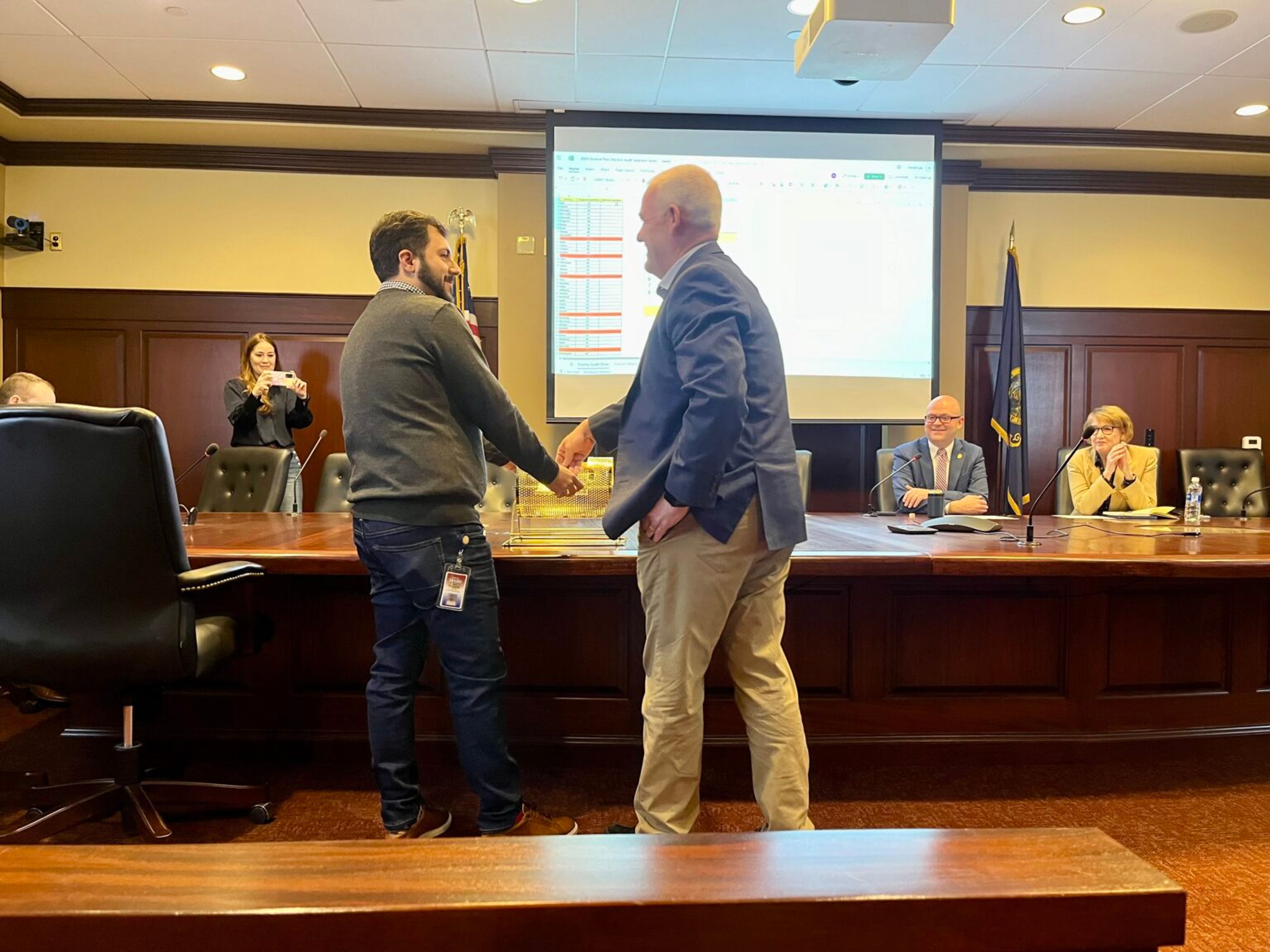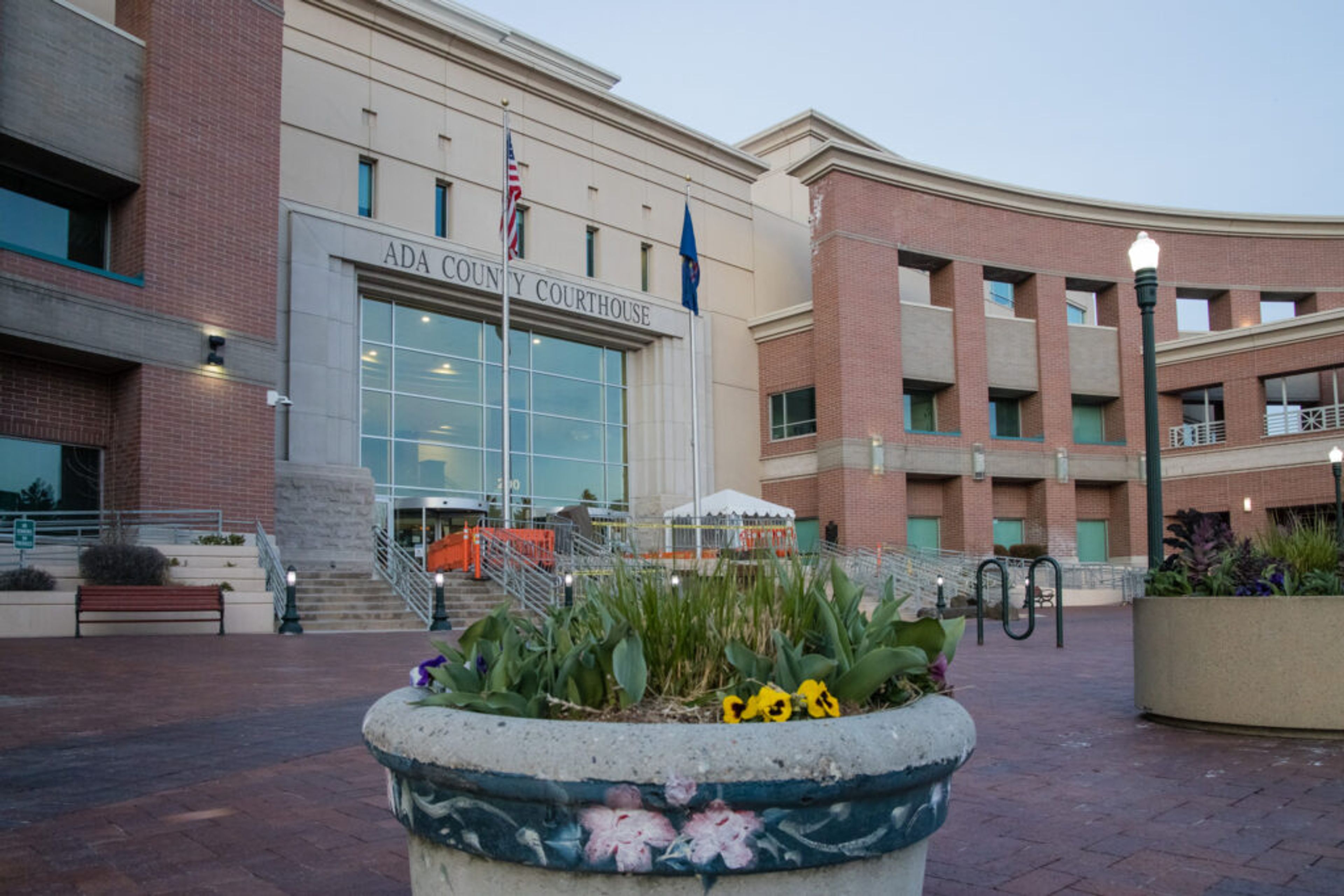Feds pause tree-removal plan to help sage grouse
Group who halted project wants BLM to consider issues affecting the endangered bird and its imperiled sagebrush habitat
BOISE - The federal government on Wednesday put on hold one of the largest-ever projects to remove juniper trees to help an imperiled species after an appeal by an environmental group seeking to halt the plan.
A U.S. Department of the Interior administrative panel granted the U.S. Bureau of Land Management's motion to set aside its decision in May to remove juniper trees from about 1,100 square miles in Idaho's Owyhee County.
The Bureau of Land Management, in initially approving the project, said it would protect habitat for imperiled sage grouse and benefit cattle ranchers.
Western Watersheds Project in June filed its appeal with the Interior Board of Land Appeals, an appellate review panel that issues final decisions for the Interior Department. Following the appeal, the BLM then asked the review panel to put on hold its May decision, saying Western Watersheds Project "raised issues in its appeal that the BLM wishes to consider further and address in a revised decision."
The review panel's order on Wednesday granted the BLM's request.
"Today's decision is a win for sage-grouse and all other species that depend on Idaho's unique and imperiled sagebrush ecosystem," Scott Lake, Idaho director for the Western Watersheds Project, said in a statement. BLM "didn't weigh the limited benefits of this project against the significant environmental costs."
Experts said warmer winters combined with fewer wildfires at higher elevations of sagebrush steppe have allowed junipers to expand into areas once filled with sagebrush and native grasses. Sage grouse survival is completely dependent on sagebrush.
Western Watersheds Project contends that studies show western juniper, a native species, has expanded and retreated several times over thousands of years, and the BLM's plan to cut them down is being driven by grazing interests, not concerns about sage grouse.
The group contends that cattle grazing disturbs the soil and allows invasive species, particularly cheatgrass, to take root. Fire-prone cheatgrass is often the primary fuel in giant rangeland fires in the U.S. West that destroy sagebrush habitat needed by sage grouse.
Venetia Gempler, a BLM spokeswoman, said the agency didn't immediately have a comment on the review panel's decision.
It's not clear when the BLM might issue a revised decision on the juniper-cutting plan, called the Bruneau-Owyhee Sage-Grouse Habitat Project. The BLM has removed or has plans to remove junipers in other states as well.
The ground-dwelling, chicken-sized sage grouse are found in 11 Western states. The males are known for performing an elaborate mating ritual that includes making balloon-like sounds with two air sacks on their necks.
Between 200,000 and 500,000 sage grouse remain, down from a peak population of about 16 million. Officials in 2015 opted not to list the birds as needing federal protections under the Endangered Species Act and instead imposed land-use restrictions leading to multiple lawsuits from industry and environmentalists. Federal officials are expected to review the decision in 2020.








